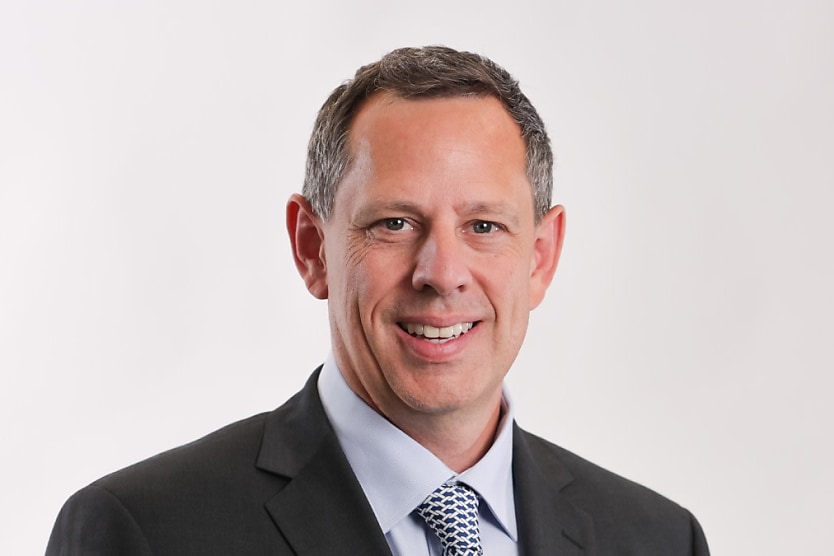The government’s plan to curb workplace sexual harassment
SHARE THIS ARTICLE

SafeWork NSW has recently unveiled a plan that aims to reduce sexual harassment in the workplace. With the strategy coming into effect now, here’s what you need to know.
The SafeWork NSW Respect at Work Strategy: Preventing sexual harassment is a four-year plan with the aims of:
- Educate: Raise awareness that NSW businesses have a proactive duty to prevent and respond to workplace sexual harassment as a work health and safety issue.
- Capability: NSW workplaces are better equipped to prevent and respond to workplace sexual harassment.
- Action: NSW workplaces take effective and systematic actions to prevent and respond to workplace sexual harassment.
- Effective regulation: SafeWork NSW is a more effective regulator, including strengthening and enforcing WHS laws to protect workers from sexual harassment.
“Workplace sexual harassment is unacceptably common, with one in three Australians in the past five years reporting experiencing it, and affecting 41 per cent of women and 26 per cent of men,” commented SafeWork NSW head Trent Curtin.
“Everyone deserves to have a workplace [that] is free from bullying, harassment and all forms of discrimination. Through this strategy, SafeWork NSW will help equip NSW businesses to create safer and respectful workplaces.”
The plan will run between October 2023 and October 2027, with a focus on industries, small to medium businesses, public administration, construction, and workers themselves.
The four core principles, as listed by SafeWork NSW, are:
- Prevention-led: Address the underlying causes.
- Collaborative: Actively engage with stakeholders and take a person-centred and trauma-informed approach.
- Safety culture: Cultivate a stronger WHS culture that embeds systematic approaches.
- Targeted: Regulatory activities based on risk of harm.
The strategy will be led by SafeWork NSW’s Respect at Work Taskforce, with a focus on gender-based harmful workplace behaviours.
This initiative comes at a crucial time, as according to SafeWork NSW, one in three Aussies have been sexually harassed at work in the past five years. Meanwhile, just 18 per cent made a formal complaint, and of those who did, only 40 per cent said change occurred as a result.
These issues disproportionately affect underrepresented groups, such as:
- Aboriginal and Torres Strait Islander people (56 per cent)
- People with a disability (48 per cent)
- People aged between 18 and 29 (46 per cent)
- LGBTQIA+ identifying people (46 per cent)
- Women (41 per cent)
The most common forms of workplace sexual harassment are:
- Sexually suggestive comments or jokes (27 per cent)
- Intrusive questions about a person’s private life or physical appearance (23 per cent)
- Unwelcome touching, hugging, cornering, or kissing (19 per cent)
The negative impacts of these issues can be massive, as it’s reported that the cost of workers’ compensation claims related to sexual harassment was $16 million in 2022. Other impacts are:
- Negative mental health issues (67 per cent)
- Decreased job satisfaction (62 per cent)
- Decreased commitment to their organisation (53 per cent)
“Feeling and being safe at work is the bedrock for a thriving workplace,” said Sophie Cotsis, Minister for Industrial Relations and Minister for Work Health and Safety.
“Safety at work takes many different forms across a wide range of industries. Unfortunately, sexual harassment remains unacceptably high across NSW workplaces, with profound impacts on workers and business alike.”
She continued: “Responding to this challenge requires a multifaceted and whole-of-community effort – and an urgent need to raise awareness that workplace sexual and gender-based harassment is a work health and safety issue.”
RELATED TERMS
Harassment is defined as persistent behaviour or acts that intimidate, threaten, or uncomfortably affect other employees at work. Because of anti-discrimination laws and the Fair Work Act of 2009, harassment in Australia is prohibited on the basis of protected characteristics.
Sexual harassment is characterised as persistent, frequent, and unwanted sexual approaches or behaviour of a sexual nature at work. Sexually harassing another person in a setting that involves education, employment, or the provision of goods or services is prohibited under the law.
Jack Campbell
Jack is the editor at HR Leader.

